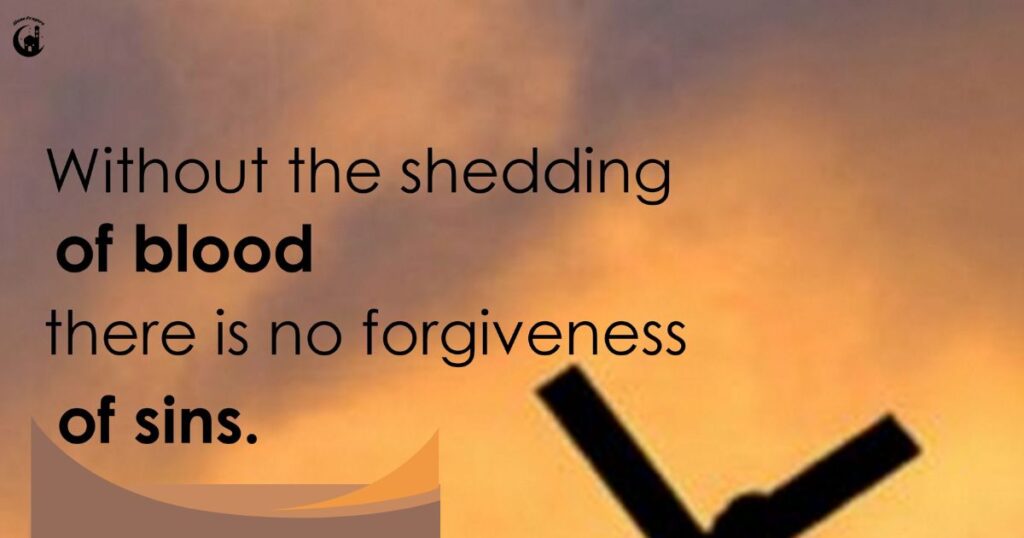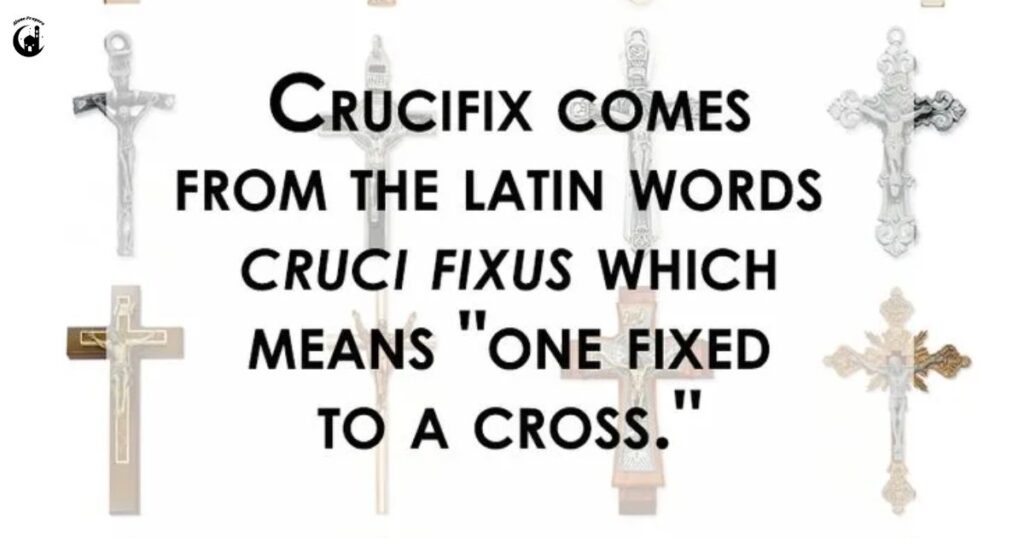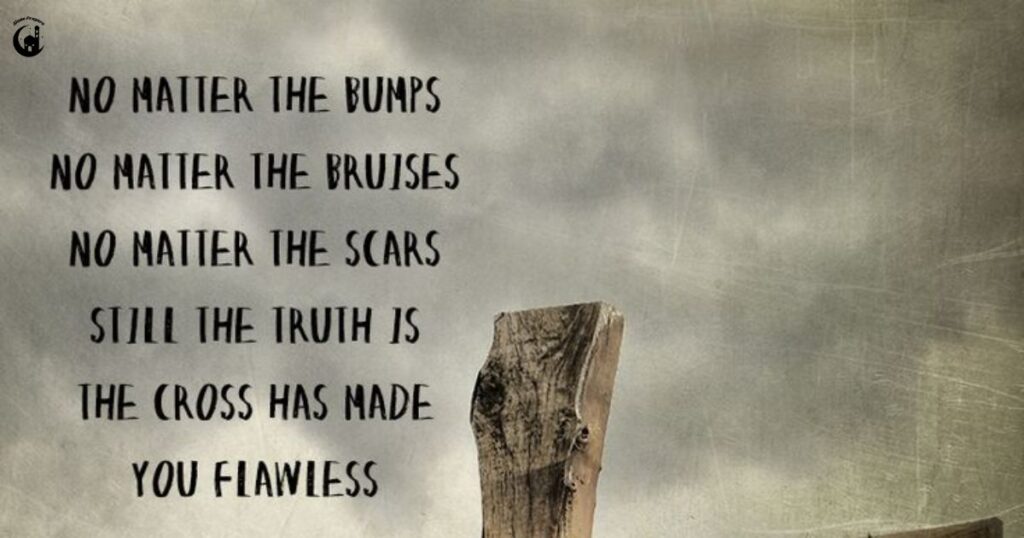Christianity benefits a lot by employing symbols to show faith, devotion and belief in the plan by God. Among them, there are the cross and the crucifix which are of particular importance. Many people often ask what differentiates a cross from a crucifix, as they look similar initially. Understanding each symbol’s meaning helps believers connect deeply with Jesus’ death, redemption, and spiritual guidance. The crucifix highlights Jesus’ suffering and triumph over sin, while the cross represents salvation and trust broadly.
A cross and crucifix difference can provide some information about the history, tradition, and the practice of religion. A crucifix and cross difference also emphasises personal devotion, artistic expression, and deep acts of worship. Knowing the difference between a cross and crucifix helps Christians choose wisely for reflection, jewellery, or sacred spaces. This knowledge enhances the beliefs and gratitude to the love, grace and the symbolism the Christian traditions represent.
The Cross

Cross is a simple geometric figurative, a combination of lines that intersect and they symbolise faith, salvation and redemption. The cross existed before Christianity, but Jesus’ crucifixion made it the central Christian faith symbol. A cross reminds believers of God’s love, His sacrifice, and His guidance in all life aspects.
Crosses of different kinds have different meanings. The Latin cross is most common, the Greek cross signifies equality, and Celtic cross represents eternity. Understanding these variations enhances appreciation of spiritual symbolism, worship, and personal devotion in Christian practice.
Symbolic Meaning
Cross represents the redemption, salvation, and the victory of Jesus Christ over sin and death. The cross effectively reminds believers of God’s love and sacrifice while deepening faith through prayer and reflection.
Variations
- Latin Cross- The Latin cross is most common, with a longer vertical line representing faith and salvation.
- Greek Cross – The Greek cross has four equal arms, symbolising balance, equality, and Christ’s universal sacrifice.
- Celtic Cross – The Celtic cross features a circle at its intersection, symbolizing eternity, unity, and God’s everlasting love.
- Cruciform Cross – lays stress on the event of crucifixion and the centrality of Jesus in the salvation.
- Jerusalem Cross – The cross contains four smaller crosses at its centre, symbolising Christ’s resurrection and spreading to the world.
The Crucifix

The crucifix is a cross and contains an image of the body of Jesus with a strong focus on His suffering, sacrifice and ultimate victory over sin. Crucifix, unlike the simple cross, offers a visual memory of the crucifixion of Christ, which evokes contemplation, prayerful and worship.
Crucifixes of various styles have different meanings. A traditional crucifix depicts Jesus being nailed on the cross and a resurrection crucifix gives emphasis on the victory that Jesus has over death. Such differences enable the believer to get close to the faith, the love of God, and the spiritual importance of the sacrifice of Jesus in Christian life.
Symbolic Meaning
The crucifix is used as a symbol of suffering, sacrifice of Jesus and his victory over sin and death. It is an effective reminder of the love and mercy of God. The crucifix is used by the believers in prayer, reflection, and worship connecting with faith, devotion, and the redemptive meaning of the crucifixion of Christ.
Variations
- Traditional Crucifix- It has the body of Jesus nailed to the cross with the focus being on the suffering and the sacrifice.
- Resurrection Crucifix- Highlights Jesus overcoming death without being disrespectful to His crucifixion.
- Bronze or Wooden Crucifix- Made of various kinds of materials, which is a way of art and their religious beliefs.
- Wall-Mounted Crucifix- This is used in homes and churches to pray, reflect and worship.
- Portable Crucifix- Small, portable, or even handheld, so that the believers can carry their faith and devotion everywhere they go.
Differences and Interpretations

The main difference between a cross and a crucifix is the fact that the body of Jesus is there. Although the cross is a universal image of faith, redemption and salvation, the crucifix does more to emphasize the suffering, sacrifice and victory of Christ over sin. Christians have various traditions, which interpret these symbols differently. Other denominations value the simplicity of the cross, and like its wide-ranging expressiveness of the love of God and spiritual guidance.
Conversely, the crucifix has more meaning to many believers because it has a pictorial representation of the crucifixion of Jesus physically and makes them think, worship and pray. The decision between cross and crucifix is usually based on personal preference, religious custom or spiritual affiliation. Ability to differentiate the crucifix and cross enables the Christians to enjoy the historical importance of the two symbols, their artistic and spiritual strength, which helps in strengthening faith, worship, and attachment to the love of God.
Read Related Article: 55 Inspiring Prayer Quotes for Daily Motivation and Strength
Conclusion
The distinction between cross and crucifix are useful when believers start to value Christian symbols in a better way. The cross is an expression of faith, redemption and salvation whereas the crucifix focuses on the suffering, sacrifice and victory of Jesus over sin. The two symbols act as a reminder of the love, grace, and spiritual teachings of the life and crucifixion of Christ.
The decision to have a cross or a crucifix usually lies on individual piety, religious culture, or the spiritual message that one wants to adopt. The understanding of the crucifix meaning and the symbolism value of the cross makes worship, prayer, and reflection even more meaningful. In the end, they are both very important as they provide the faithful with a path of faith, generate a sense of devotion, and enhance a closer relationship with the love of God. Through learning of these differences, Christians are able to employ these symbols in prudent ways in their day to day lives, places of prayer, or religious art, enhancing spiritual development and worship.
FAQs
What is the difference between a cross and a crucifix?
A cross is a basic sign of faith and redemption, whereas a cross with the body of Jesus highlights His suffering, sacrifice and victory over sin.
Why then do Catholics use crucifix and not cross?
Wearing a crucifix, Catholics are reminded visually of the sacrifice, suffering and death of Jesus, enhancing their commitment, prayer and attachment to the love and mercy of God.
What denomination of Christians like to have a crucifix instead of a cross?
Some Orthodox Christians and Roman Catholics lean towards the cross, emphasizing the crucifixion of Christ, which evokes contemplation, praise and individual devotion to the death of Jesus.
Should a rosary contain a cross or a crucifix?
A rosary is traditionally constituted with a crucifix which reminds believers of the suffering and love of Jesus within the time of prayer, meditation, and spiritual reflection.
Can Catholics wear a cross without a crucifix?
Yes, Catholics may wear a cross, but many prefer a crucifix to focus on Jesus’ sacrifice, suffering, and redemptive victory over sin.
